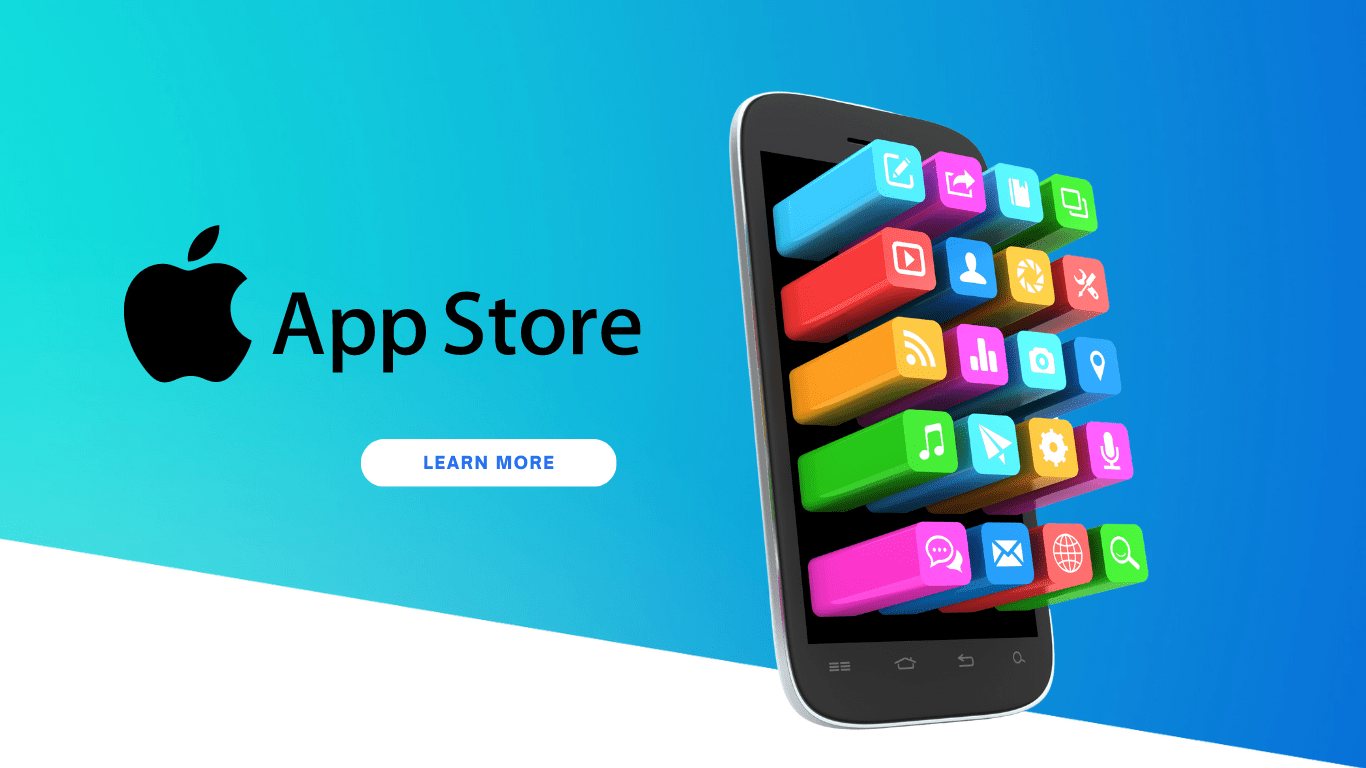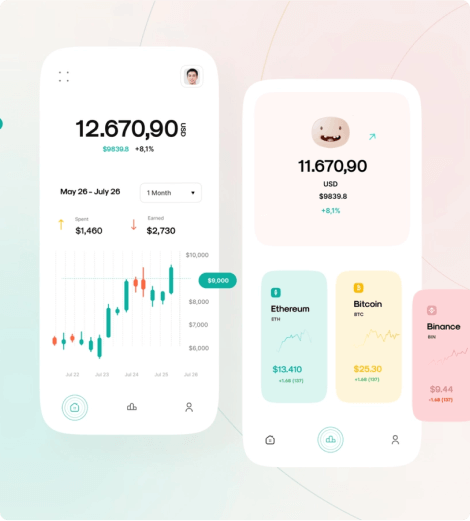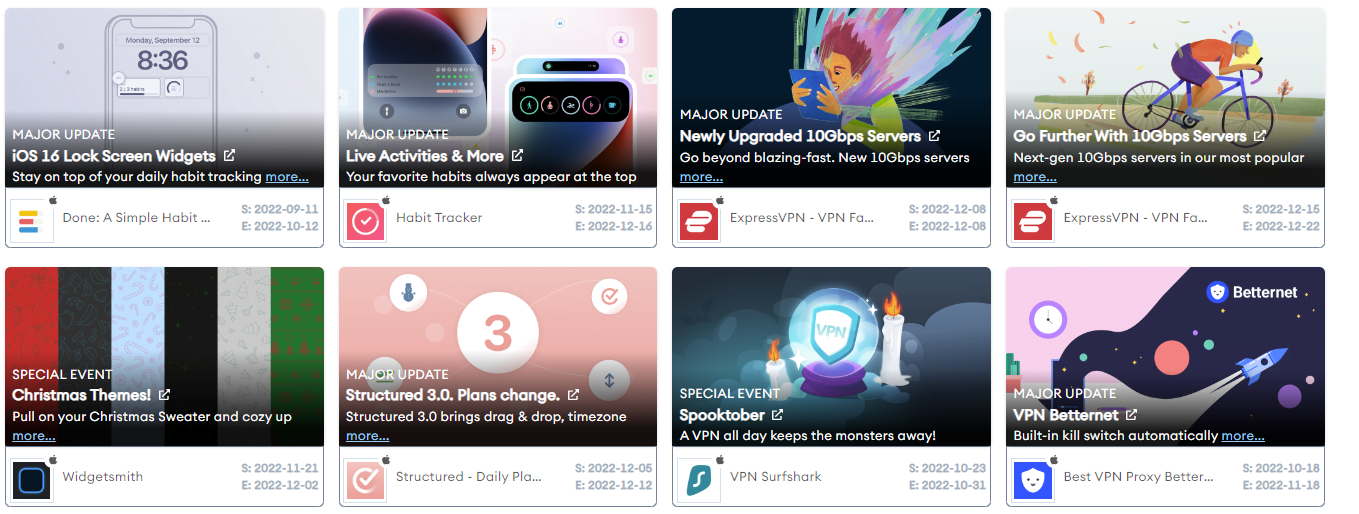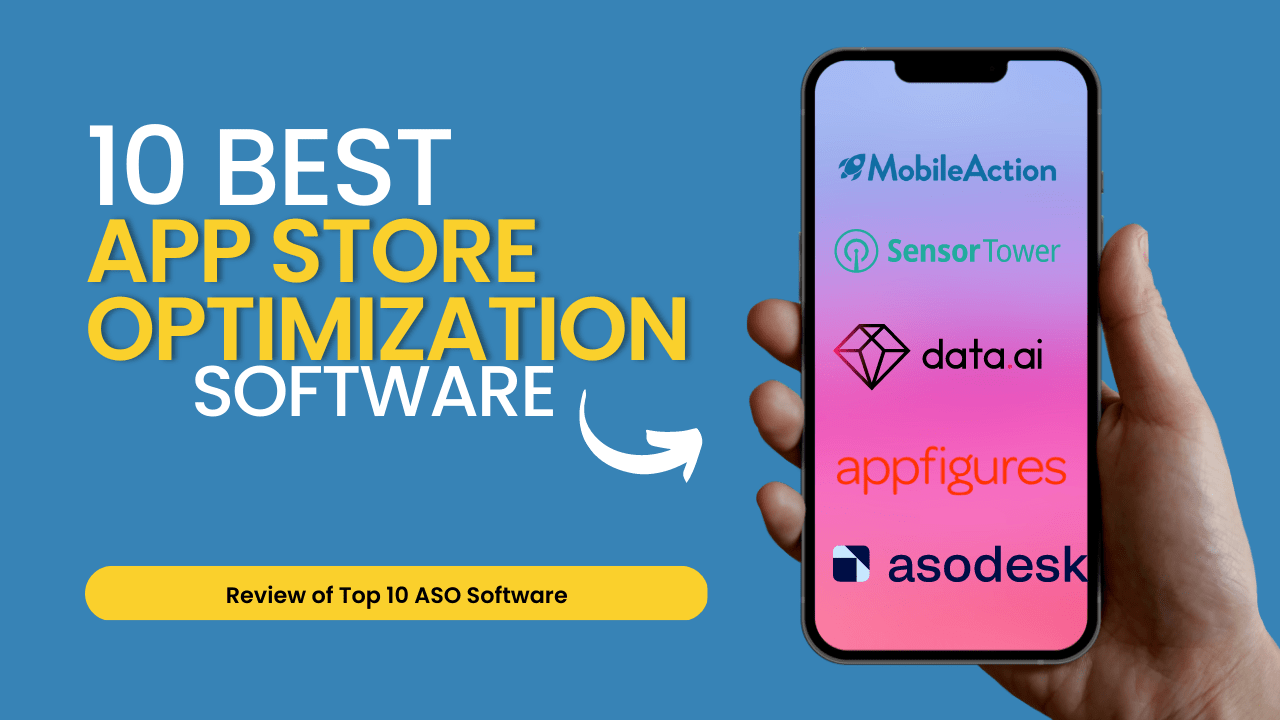- ელფოსტა:[email protected]
- ტელეფონი:+1 (305) 340-3049
02 იან

As an app developer, you know how important it is to make a good first impression on potential users. One way to do this is through your App Store screenshots, which can make a big difference in whether or not users decide to download your app. While it might seem simple to choose a set of App Store screenshots and hope for the best, there is a “trick” that almost no apps take advantage of that can help improve your conversion rate: using data-driven keywords in your App Store screenshots.
ASO Software and Data-Driven Keywords
ASO (App Store Optimization) software like Mobile Action, Appfigures, and Sensor Tower can provide a scoring system representing search volume for any given keyword. This means that by using these tools, you can see exactly what terms users search for when looking for apps in the App Store. Despite this valuable data being readily available, many app developers fail to use it to optimize their App Store screenshots and drive more downloads for their app.
Example: Photo Editor Pro
To illustrate the benefits of using data-driven keywords in your App Store screenshots, let’s consider a fictional app called “Photo Editor Pro.” Photo Editor Pro is a powerful photo editing app with filters, cropping, and color correction features. The app developer, John, wants to optimize his App Store listing to drive more downloads for Photo Editor Pro.
Using ASO software like Mobile Action, John can see that the top searched keywords for photo editing apps include “photo filter,” “photo editor,” and “photo effects.” Armed with this information, John decides to A/B test two variations of his App Store screenshots using Product Page Optimization in App Store Connect. The first variation includes screenshots that feature the app’s filters and effects, with text captions that use the keywords “photo filter” and “photo effects.” The second variation includes screenshots that feature the app’s cropping and color correction tools, with text captions that use the keyword “photo editor.” John runs the A/B test for 90 days and tracks each variation’s conversion rate and unique impressions.
At the end of the test, John finds that the variation with the filters and effects performs significantly better than the variation with the cropping and color correction tools. The filters and effects variation has a higher conversion rate and more unique impressions, indicating that it is more effective at converting users. Based on these results, John decides to update his App Store screenshots to reflect the filters and effects variation and re-run the A/B test to see if the improved performance continues. By using data-driven keywords in his App Store screenshots and A/B testing different variations with Product Page Optimization in App Store Connect, John can optimize his App Store listing and drive more downloads for his app.
Example: Fitness Tracker
Another example of the benefits of using data-driven keywords in your App Store screenshots is a fictional app called “Fitness Tracker.” Fitness Tracker is a health and fitness app that helps users track their workouts, set goals, and monitor their progress. The app developer, Jane, wants to optimize her App Store listing to drive more downloads for Fitness Tracker.
Using ASO software like Appfigures, Jane is able to see that the top searched keywords for fitness apps include “workout tracker,” “fitness goals,” and “exercise planner.” Armed with this information, Jane decides to A/B test two variations of her App Store screenshots using Product Page Optimization in App Store Connect. The first variation includes screenshots that feature the app’s workout tracking and goal-setting features, with text captions that use the keywords “workout tracker” and “fitness goals.” The second variation includes screenshots that feature the app’s exercise planner, with text captions that use the keyword “exercise planner.” Jane runs the A/B test for 90 days and tracks each variation’s conversion rate and unique impressions.
At the end of the test, Jane finds that the variation with the workout tracking and goal setting features performs significantly better than the variation with the exercise planner. The workout tracking and goal-setting variation have a higher conversion rate and more unique impressions, indicating that it is more effective at converting users. Based on these results, Jane updates her App Store screenshots to reflect the workout tracking and goal setting variation and re-run the A/B test to see if the improved performance continues. By using data-driven keywords in her App Store screenshots and A/B testing different variations with Product Page Optimization in App Store Connect, Jane can optimize her App Store listing and drive more downloads for her app.
Using Data-Driven Keywords in App Store Screenshots
In conclusion, using data-driven keywords in your App Store screenshots is a simple yet effective way to improve your conversion rate and drive more downloads for your app. By targeting your audience with relevant keywords and imagery, you can grab their attention and make them more likely to download your app. And with ASO software like Mobile Action, Appfigures, and Sensor Tower, it’s easy to see which keywords are most searched for and use them to optimize your App Store listing. So don’t miss out on this “trick” that almost no apps take advantage of – start using data-driven keywords in your App Store screenshots today and watch your conversion rate soar!



ჯეისონ ბატანსკი